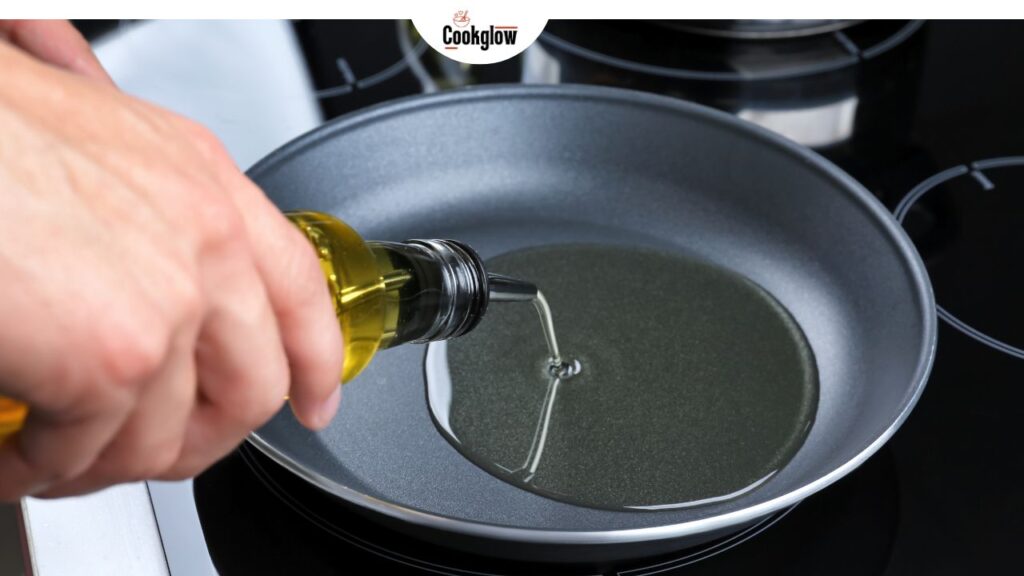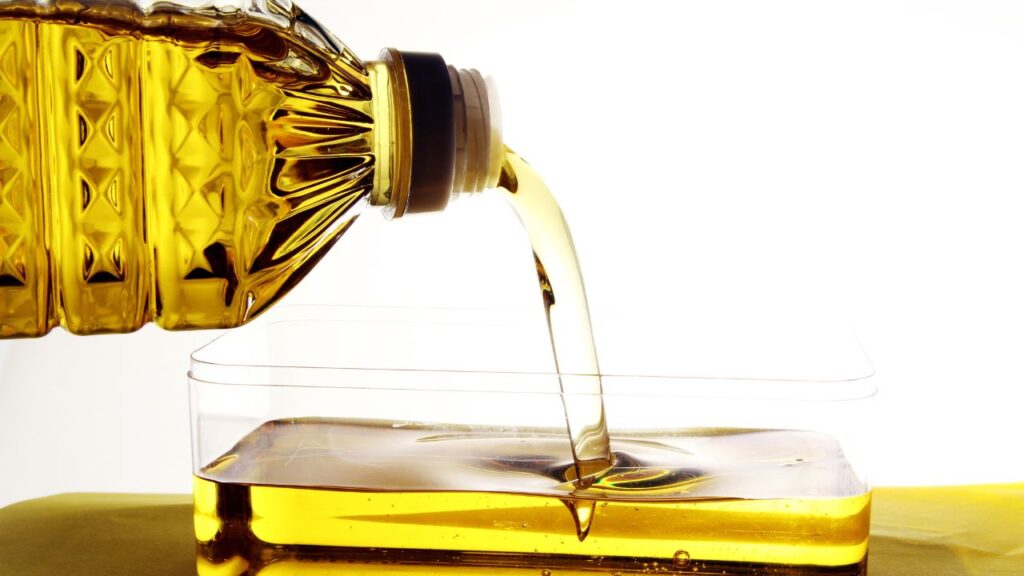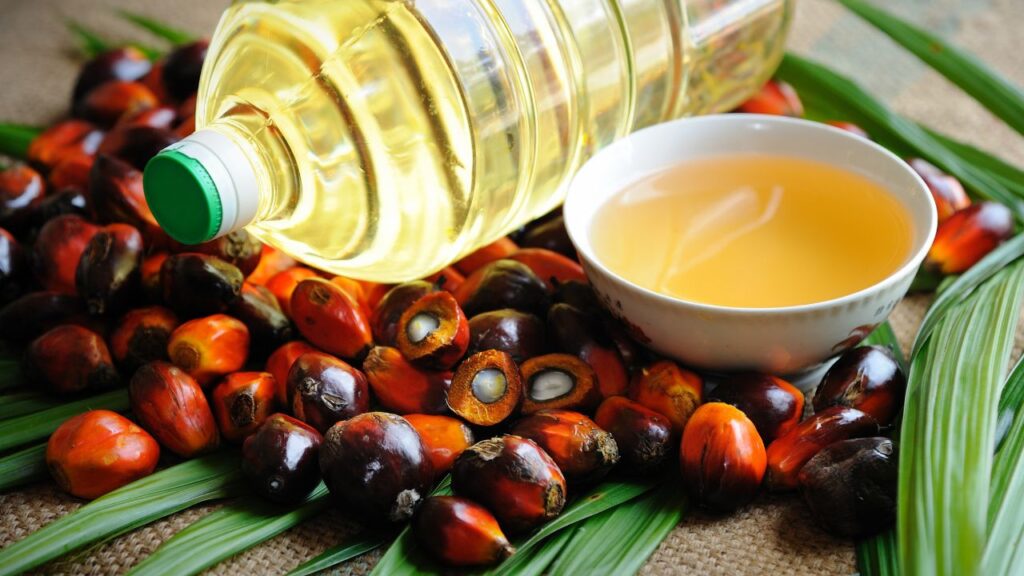
Imagine cooking a delicious meal without a drop of oil. Pretty hard to picture, right? Whether it’s sizzling up some crispy fried chicken or drizzling a bit of olive oil over a fresh salad, oils have become an essential part of our culinary lives. But have you ever stopped to wonder when cooking oil was actually invented? Or how ancient civilizations managed to extract oil without the fancy machinery we have today?
Cooking oil’s story is way more fascinating than you might think. It stretches back thousands of years, with ancient people figuring out innovative ways to extract oils from seeds, nuts, and even animal fats. From the golden olive oils of ancient Greece to the fragrant sesame oils of Asia, each civilization had its own spin on how to produce and use oils in cooking and beyond.
In this article, I’ll take you on a flavorful journey through the history of cooking oils, exploring how they were first created, how extraction techniques evolved over time, and how they shaped culinary practices across the globe. We’ll look at how the humble beginnings of oil extraction gave rise to the wide variety of oils we enjoy today. Plus, I’ll throw in some surprising facts and comparisons along the way to keep things spicy!
Ready to discover how cooking oils transformed from simple fats to a kitchen staple? Let’s dive right into the fascinating origins and evolution of cooking oils.
Contents
- 1 The Origins of Cooking Oil
- 2 Ancient Oil Sources and Methods
- 3 Cooking Oils in Ancient Civilizations
- 4 Evolution of Cooking Oil Extraction Techniques
- 5 Modern Cooking Oils and Their Impact
- 6 Health and Nutritional Evolution of Cooking Oils
- 7 Tips for Choosing Healthier Cooking Oils
- 8 Conclusion
- 9 FAQ: Your Burning Questions About Cooking Oil Answered
The Origins of Cooking Oil
Believe it or not, cooking oil has been around for thousands of years—long before fancy oil presses and modern extraction methods. Ancient humans were resourceful when it came to making use of natural fats and oils. The earliest evidence of cooking oil dates back to ancient civilizations that relied on whatever nature had to offer.
One of the first oils ever produced was olive oil, which traces its roots to around 6000 BCE in the Mediterranean region. Ancient people would crush olives using stones to extract the precious golden liquid. It wasn’t just for cooking, though—olive oil was also used for lamps, cosmetics, and even rituals. Talk about multipurpose!
But olives weren’t the only source of cooking oil. In ancient Egypt, sesame seeds were ground and pressed to make sesame oil, while ancient China developed methods to extract soybean and peanut oils. The techniques were primitive—think manual grinding and crude pressing—but they got the job done.
Some civilizations even used animal fats, like lard and tallow, for cooking before plant-based oils became mainstream. These fats were typically rendered from animal tissues and used as both a cooking medium and a source of energy.
Ancient Oil Sources and Methods
| Civilization | Primary Oil Source | Extraction Method | Uses |
| Ancient Greece | Olive | Stone crushing and pressing | Cooking, lighting, rituals, cosmetics |
| Ancient Egypt | Sesame | Manual grinding and pressing | Culinary use, medicinal purposes |
| China | Soybean, Peanut | Boiling and manual pressing | Cooking, medicinal applications |
| Native America | Animal fats (lard) | Rendering animal tissues | Cooking, preservation |
Cooking Oils in Ancient Civilizations
Cooking oils were more than just kitchen essentials in ancient times—they were deeply woven into cultural and religious practices. Let’s take a quick tour of how different civilizations utilized cooking oils throughout history.
Ancient Egypt: The Birthplace of Sesame Oil
Ancient Egyptians had a knack for innovation, and their love for oils was no exception. Sesame oil was particularly valued, often used not just for cooking but also for medicinal and cosmetic purposes. They would grind sesame seeds into a paste and then press them to release the oil.
Greece and Rome: Masters of Olive Oil
When you think of olive oil, your mind might go straight to Italy. But it was the ancient Greeks who first made olive oil a culinary superstar. They extracted it by crushing olives with heavy stones, then collecting the oil as it seeped out. The Romans took it a step further, developing more sophisticated presses to boost production. It wasn’t just for cooking—olive oil was a symbol of wealth and was often used in religious ceremonies and personal care products.
Asia: Diverse Oils from Sesame to Coconut
In ancient China and India, oils from sesame, coconut, and soybeans were common. Asian civilizations used simple pressing techniques to extract oil from seeds and nuts. Unlike the West, where animal fats dominated, Asia leaned more toward plant-based oils, partly because of religious beliefs and dietary preferences.
The Americas: Animal Fats and Native Oils
Long before Europeans arrived, Native Americans were using animal fats like lard and tallow for cooking and preserving food. These fats provided essential calories and were often mixed with dried meat and berries to create pemmican—a staple survival food.
Cooking Oils Used by Different Civilizations
| Civilization | Common Oils | Key Uses |
| Ancient Egypt | Sesame, Castor | Cooking, cosmetics, medicinal |
| Greece and Rome | Olive | Cooking, lighting, religious rituals |
| Ancient China | Soybean, Peanut | Cooking, medicinal, skincare |
| Native Americans | Lard, Tallow | Cooking, preservation, survival food |

Evolution of Cooking Oil Extraction Techniques
As civilizations advanced, so did their methods of extracting cooking oils. The crude stone-crushing methods of ancient times slowly gave way to more efficient techniques, transforming the oil industry.
From Manual Pressing to Mechanical Extraction
The first major leap came with the invention of mechanical presses. Around the 1st century CE, the Romans developed a lever press that significantly increased oil yield compared to traditional stone crushing. This invention made olive oil production faster and more efficient, allowing it to become a staple in both culinary and non-culinary applications.
Fast forward to the 18th and 19th centuries, and we see the emergence of hydraulic presses. These machines used water pressure to crush seeds and nuts, extracting a higher quantity of oil with less labor. By the 20th century, the oil industry witnessed the birth of industrial expellers, which used a screw mechanism to continuously press seeds and extract oil on a large scale.
Modern Extraction Techniques: A Technological Revolution
Today, most cooking oils are produced using solvent extraction and refining methods. One of the most common solvents, hexane, is used to draw oil from seeds like soybeans and canola. The extracted oil then goes through refining, bleaching, and deodorizing (RBD) to remove impurities and enhance flavor.
Another technique that’s gained popularity is cold pressing, especially for oils like extra virgin olive oil and coconut oil. This method preserves more nutrients by avoiding high temperatures, resulting in healthier and more flavorful oils.
Evolution of Oil Extraction Techniques
| Era | Technique | Characteristics |
| Ancient Times | Stone Crushing | Manual, labor-intensive, low yield |
| Roman Era | Lever Press | Increased efficiency, more consistent output |
| Industrial Era | Hydraulic Press | Water pressure, higher yield, less labor |
| Modern Times | Industrial Expellers, Cold Pressing | High yield, mechanical efficiency, nutrient preservation |
Modern Cooking Oils and Their Impact
The landscape of cooking oils today is a diverse blend of traditional favorites and modern innovations. Supermarkets are stocked with oils like olive, canola, coconut, avocado, and sunflower—each boasting unique health benefits and culinary uses.
Refined vs. Unrefined Oils
Refined oils undergo processes that remove impurities and neutralize flavor, making them suitable for high-heat cooking. On the other hand, unrefined oils maintain their natural flavors and nutrients but are more suitable for low to medium-heat applications.

Popular Cooking Oils Today
- Olive Oil: Rich in monounsaturated fats and antioxidants. Ideal for salads and sautéing.
- Canola Oil: Low in saturated fat, great for frying and baking.
- Coconut Oil: High in saturated fats, popular in tropical cuisines and baking.
- Sunflower Oil: Light flavor, high smoke point, suitable for frying.
- Avocado Oil: High in oleic acid, perfect for grilling and roasting.
The Health Debate: Are All Oils Equal?
While oils are essential for cooking, not all of them are created equal. Some, like trans fats and partially hydrogenated oils, are harmful to heart health, while oils rich in omega-3 and monounsaturated fats promote cardiovascular well-being.
Health and Environmental Impact
There’s growing concern over the environmental impact of palm oil production, which leads to deforestation and loss of wildlife habitats. As a result, there’s a push for sustainably sourced oils and alternative crops that have a smaller ecological footprint.
Health and Nutritional Evolution of Cooking Oils
Over time, our understanding of cooking oils has evolved dramatically. In the past, oils were valued mainly for their caloric content and cooking versatility. Today, the focus has shifted to the nutritional profile and health benefits.
Researchers have found that oils high in monounsaturated and polyunsaturated fats (like olive and avocado oils) support heart health, while those loaded with saturated fats (like coconut oil) remain controversial. Despite this, some cultures that consume high amounts of coconut oil, like in the Pacific Islands, report low heart disease rates—raising questions about how other lifestyle factors might play a role.
Tips for Choosing Healthier Cooking Oils
- Check the Smoke Point: Choose oils that suit your cooking method to avoid the formation of harmful compounds.
- Opt for Cold-Pressed and Unrefined: These retain more nutrients and flavor.
- Read Labels: Look for oils labeled “extra virgin” or “cold-pressed” for higher quality.
- Balance Your Fats: Incorporate a mix of oils to get diverse fatty acids and antioxidants.
Conclusion
Cooking oils have come a long way from their humble beginnings as manually pressed fats to the wide array of refined and cold-pressed oils we use today. Ancient civilizations may not have had the technology we do now, but they sure knew how to make the most of their resources.
Today, the diversity of oils available allows us to choose according to taste, nutrition, and cooking needs. Whether you’re drizzling olive oil over a salad or frying with canola oil, it’s fascinating to think about how far we’ve come from crushing olives with stones.
So next time you’re whipping up something delicious, take a moment to appreciate the long and flavorful history behind that bottle of oil in your pantry. It’s more than just a cooking ingredient—it’s a testament to human innovation and our endless quest for better, healthier, and tastier food.
FAQ: Your Burning Questions About Cooking Oil Answered
1. When was cooking oil first invented?
Cooking oil has been around for thousands of years. The earliest records date back to ancient Mesopotamia and Egypt, where people used oils like olive and sesame for cooking and ceremonial purposes.
2. What is the oldest cooking oil known to humans?
Olive oil is considered one of the oldest known cooking oils, dating back to around 6000 BCE. It was a staple in ancient Mediterranean cultures and remains popular worldwide today.
3. How did ancient people extract cooking oil without modern technology?
In ancient times, people used simple techniques like stone crushing and manual pressing to extract oil from seeds, nuts, and fruits. These methods were labor-intensive and yielded small amounts compared to today’s methods.
4. What’s the difference between refined and unrefined oils?
Refined oils go through processes to remove impurities, resulting in a neutral taste and higher smoke point, making them suitable for high-heat cooking. Unrefined oils retain their natural flavor and nutrients but are better suited for low to medium-heat applications.
5. Which cooking oils are the healthiest?
Some of the healthiest cooking oils include:
- Olive Oil: Rich in monounsaturated fats and antioxidants.
- Avocado Oil: High in oleic acid and vitamins.
- Coconut Oil: Contains medium-chain triglycerides (MCTs), though debated for its saturated fat content.
- Canola Oil: Low in saturated fat and a good source of omega-3.
- Sunflower Oil: High in vitamin E.
6. Are there any oils I should avoid?
Try to avoid oils high in trans fats and partially hydrogenated oils, as they can raise bad cholesterol levels and increase heart disease risk. Always check labels for “hydrogenated” ingredients.
7. Can I reuse cooking oil after frying?
Yes, but with caution. Make sure to strain the oil to remove food particles and store it properly. Repeated heating can cause oils to break down and form harmful compounds, so limit reuse to a couple of times.
8. Why do some oils have a strong odor while others don’t?
It often depends on the oil’s refining process. Unrefined oils, like extra virgin olive oil, retain their natural aroma, while refined oils undergo processes that remove strong smells and flavors.
9. How should I store cooking oils to keep them fresh?
Store oils in a cool, dark place away from direct sunlight and heat. Some oils, like flaxseed oil, may need refrigeration to prevent rancidity.
10. Are cold-pressed oils better than refined oils?
Cold-pressed oils generally retain more nutrients and natural flavors since they are processed without heat. They are often considered healthier but may have a lower smoke point, making them unsuitable for high-heat cooking.
